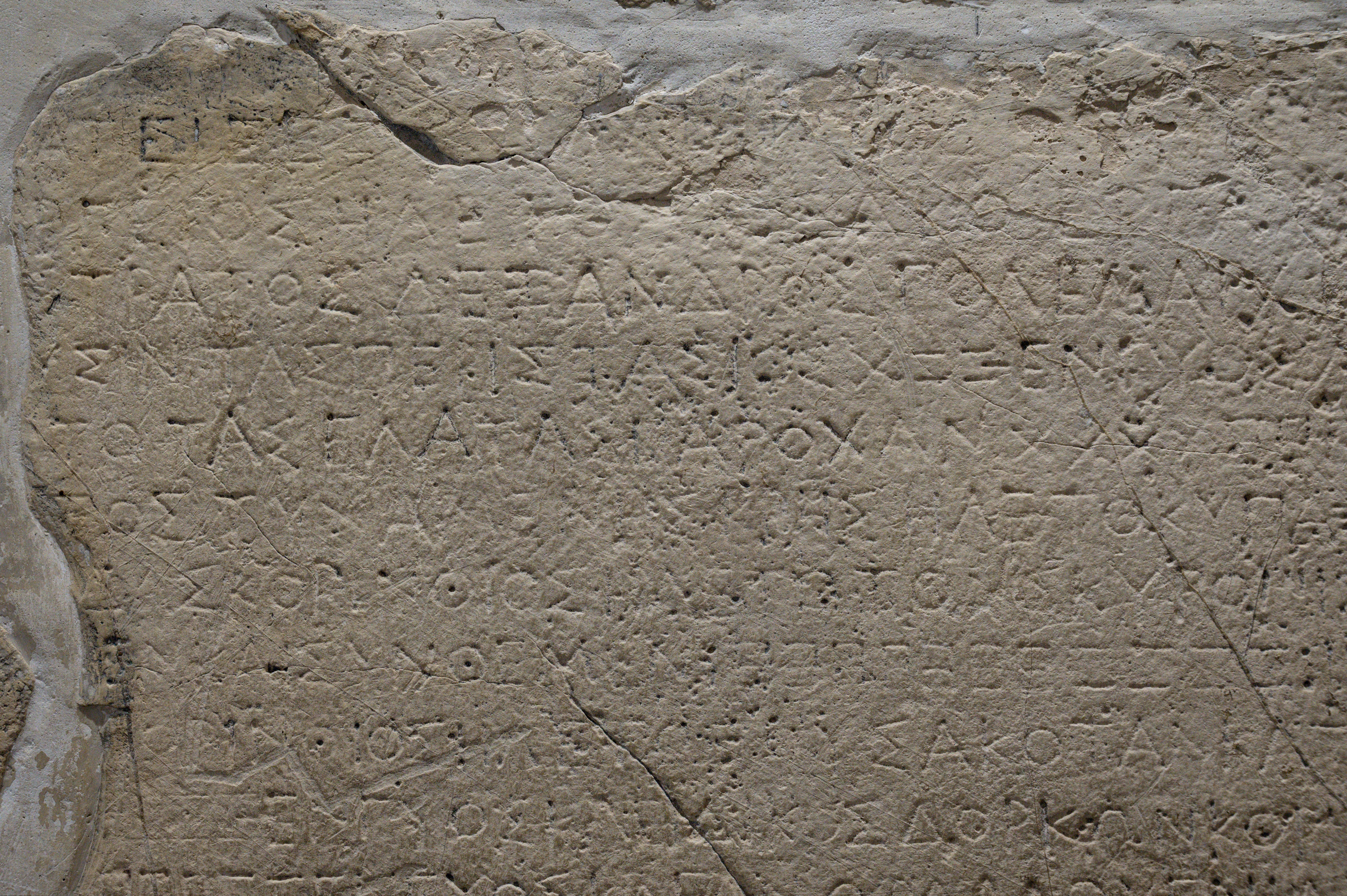At a Glance
- CT scans of 15 Viking Age skulls from Varnhem revealed ear and sinus infections, osteoarthritis, and dental diseases affecting individuals aged 20 to 60.
- Researchers used modern CT scans to create detailed, non-invasive, three-dimensional images of skulls, identifying skeletal damage and health conditions layer by layer.
- The scans showed evidence of chronic infections, including sinusitis and ear infections, which left lasting marks on the bones.
- The findings highlight the significant health struggles faced by Vikings, who lacked access to modern medical care.
- The study demonstrates how CT scans can revolutionize archaeological research by providing detailed health insights without damaging ancient remains.
Researchers from the University of Gothenburg in Sweden have uncovered significant health issues among the Viking Age population in Varnhem, a region known for its ancient graves. Using modern CT (computed tomography) scans, the team examined the skulls of 15 individuals, revealing a variety of diseases that affected these people, including ear and sinus infections, osteoarthritis, and dental problems. These findings provide new insights into the health and well-being of people living during the Viking Age.
The study, published in BDJ Open, builds upon previous research on the teeth of Viking skeletons found in Varnhem. Now, the researchers have expanded their analysis to include the entire skulls of these individuals, utilizing advanced CT scans to obtain detailed, three-dimensional images of the bones. These scans allowed them to study various types of skeletal damage, layer by layer, and identify infections and other health issues that affected these individuals during their lives.
The researchers found signs of long-term infections, including sinus and ear infections with left marks on the bones. They also discovered evidence of osteoarthritis, which causes joint pain and stiffness, and several dental diseases. Most of the individuals studied had died between the ages of 20 and 60, showing that these health issues affected people across a wide age range. The researchers noted that these findings give a clearer picture of Vikings’ struggles regarding health, with limited access to modern medical care.
This study also highlights the usefulness of CT scans in archaeological research. Traditionally, scientists have used invasive methods to analyze ancient remains, but CT scans offer a non-invasive alternative. By preserving the integrity of the bones, CT scans allow researchers to gather important information about ancient health conditions without causing damage to the remains. The study is a pilot for future research, suggesting that CT scans could be valuable in studying ancient populations and their health in more detail.
References
- Kubista, M. G. & Swedish Research Council. (2025, February 21). Viking skulls inspected with CT scans reveal severe morbidity. Phys.Org; Swedish Research Council. https://phys.org/news/2025-02-viking-skulls-ct-scans-reveal.html
- Bertilsson, C., Borg, E., Vretemark, M., & Lund, H. (2025). Findings from computed tomography examinations of Viking age skulls. BDJ Open, 11(1), 1–7. https://doi.org/10.1038/s41405-025-00309-9










